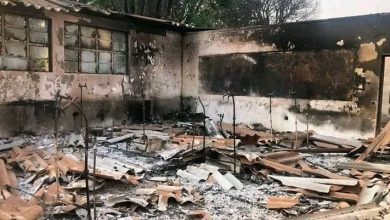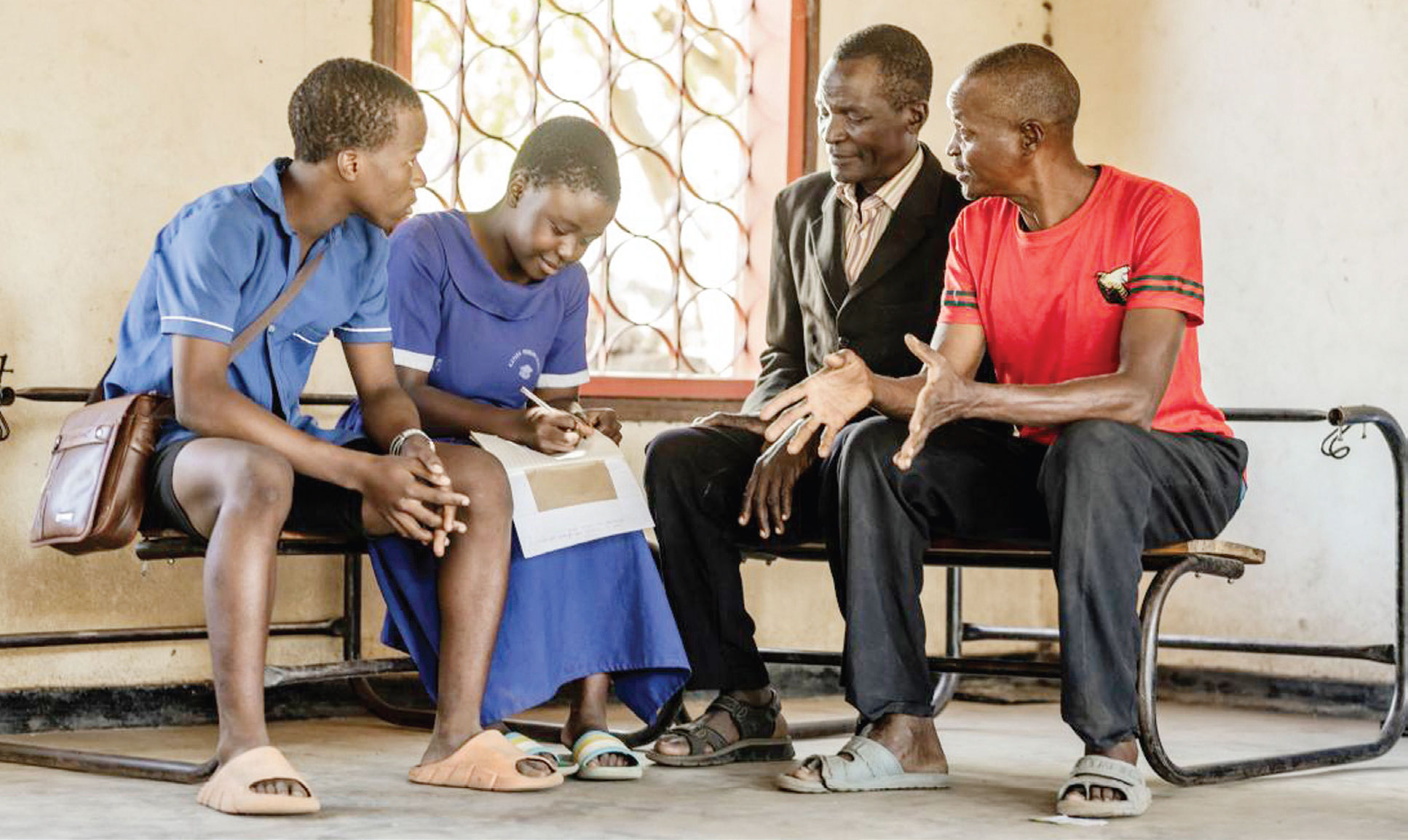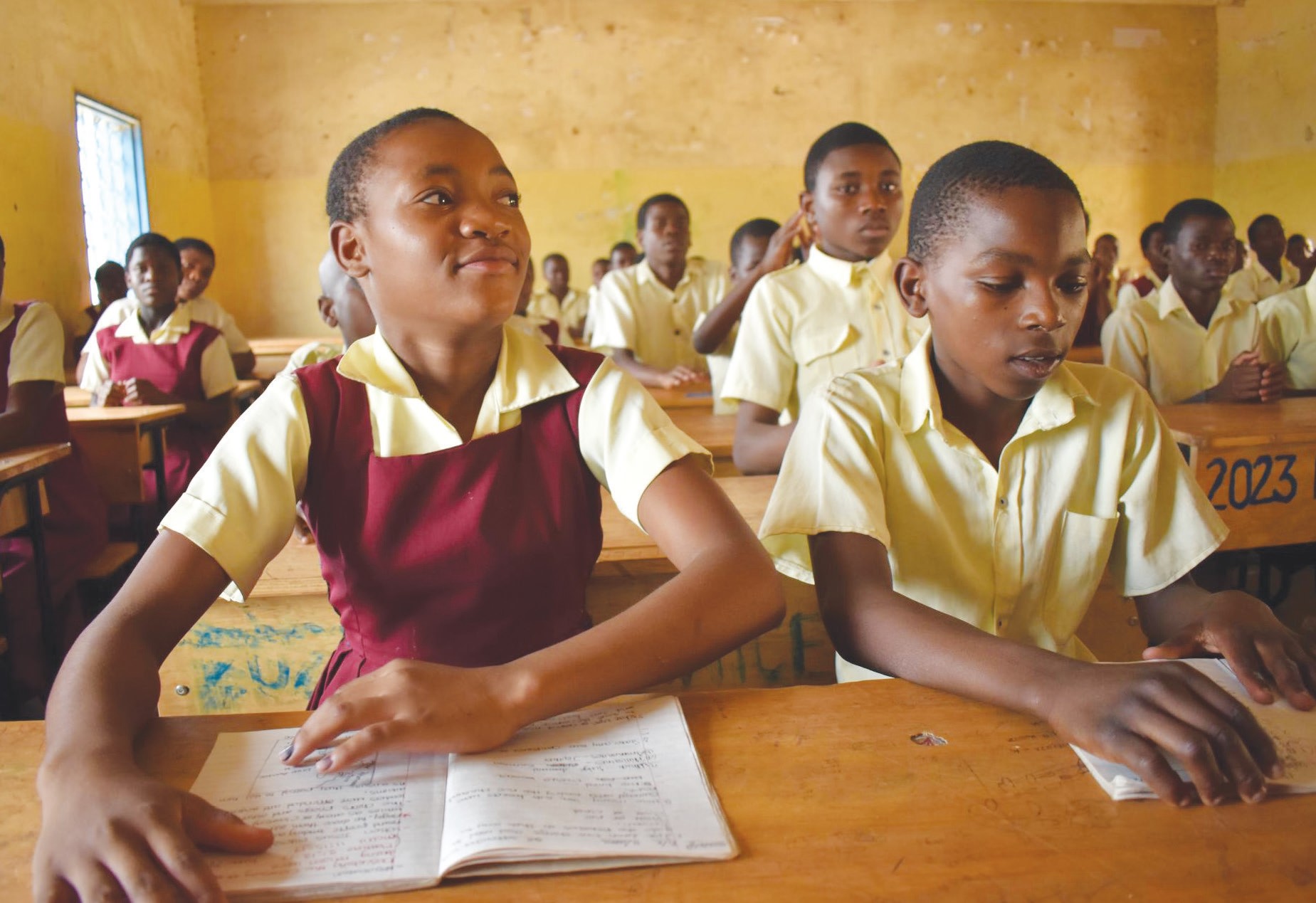Gospel of education according to Michiru CCAP
 How has a small church in Blantyre lived the history of its founders by managing to raise funds within the country and build a lucrative K64 million (about $213 333) private primary school? Ephraim Nyondo writes:
How has a small church in Blantyre lived the history of its founders by managing to raise funds within the country and build a lucrative K64 million (about $213 333) private primary school? Ephraim Nyondo writes:
Henry Henderson—that Scottish man of God—arrived in Chief Kapeni’s area in Malawi’s commercial city, Blantyre, a place that was paralysed with evils of slave trade. That was in 1876.
His mission, history records, was to fast-track the abolishment of slave trade in the area—a mission well began by David Livingstone.
So he bought some land from the chief, erected some grass-thatched structures and started the Blantyre Mission in 1876, which later became the Blantyre CCAP Synod.
Interestingly, the mission Henderson started was not just a centre of preaching the gospel, but also to provide education.
In a muddy and grass-thatched classroom, they would train teachers in the morning, and in the afternoon, the teachers could teach the pupils.
This philosophy of going beyond the pulpit through providing education to the people has been at the heart of Blantyre Synod over the years.
The synod has built a number of primary and secondary schools across the Southern Region—institutions that have contributed largely to education development in the country.
Over the years, Blantyre Synod has grown extensively and decentralised. It now has 18 presbyteries across the Southern Region, and each presbytery overlooks numerous congregations with numerous prayer houses.
However, despite this growth, building of schools has always been the duty of the central administration at the synod level. Congregations—trapped in challenges of generating funds—have not been robust.
But today, things are steadily changing. And the story of Michiru CCAP congregation, under Blantyre City Presbytery, is proof of this change.
On Sunday last week, the congregation unveiled a K64 million primary school set to improve the quality of education in Malawi.
The school has the capacity to enrol 340 pupils. Each pupil has his/her own desk. The teacher-pupil ratio will be the standard 1:50. Plans are underway to introduce a Cambridge curriculum, a supplement to Malawi’s curriculum.
But how did such a small congregation construct such a classic private primary school?
“It’s the resilience of the Christians, coupled with the guiding hand of God,†says the Reverend Reynold Mangisa, moderator of Michiru CCAP.
God, however, help those who help themselves first, so it is commonly said. Definitely, this is the story Michiru CCAP epitomises.
“We have our department of fundraising. What we did was to intensify fundraising activities on a quarterly basis. We put our Christians into zones and set targets for them, and it worked well,†says Alfred Kaponda, the church’s session clerk.
The idea to build the school was hatched in 2000, 12 years ago.
“Yes, the journey has been slow but quite steady. We bought the piece of land in 2000 at the cost of K800 000. We finished paying for it in 2008, and I can tell you that all the money was drawn from our congregation,†Kaponda says.
By the time they had started constructing in 2008, they had K3 million in their account.
“We had some classrooms at the church premises where we started the school. It was at this school where we generated the K3 million,†he adds.
The actual construction took two years to finish.
“By the time we got a K35 million loan from the bank to supplement our effort, we had already completed the best part of the building. So, you can see how critical Christians have been in the project,†explains Kaponda.
Today, the school is brimming with colour and a Mercy Muyila—comfortably seated at her own desk in Standard Seven, looking immaculate in a blue dress with a white blouse inside, the school’s uniform—cannot hold her happiness to be at the school.
“It is nice to learn here. The classrooms are well ventilated. The teachers are friendly, too. I see my dream of becoming a lawyer coming true,†says Mercy, 10, with a youthful innocence.
But the journey to come this far, admits Kaponda, has not been rosy.
“We engaged a contractor to make sure that we come up with a classy product. But in the course of the project, there were moments when his payments were due but we did not have the money. But he understood us,†he says.
This, according to Mangisa, is not the last project for Michiru CCAP.
“We also intend to build a secondary school and a college,†he says.
The story of Michiru CCAP is one that is challenging Malawians that, with determination and will, it is possible to achieve greater things. This is the spirit that Henderson instilled in those who saw him when he arrived in the 17th century.





